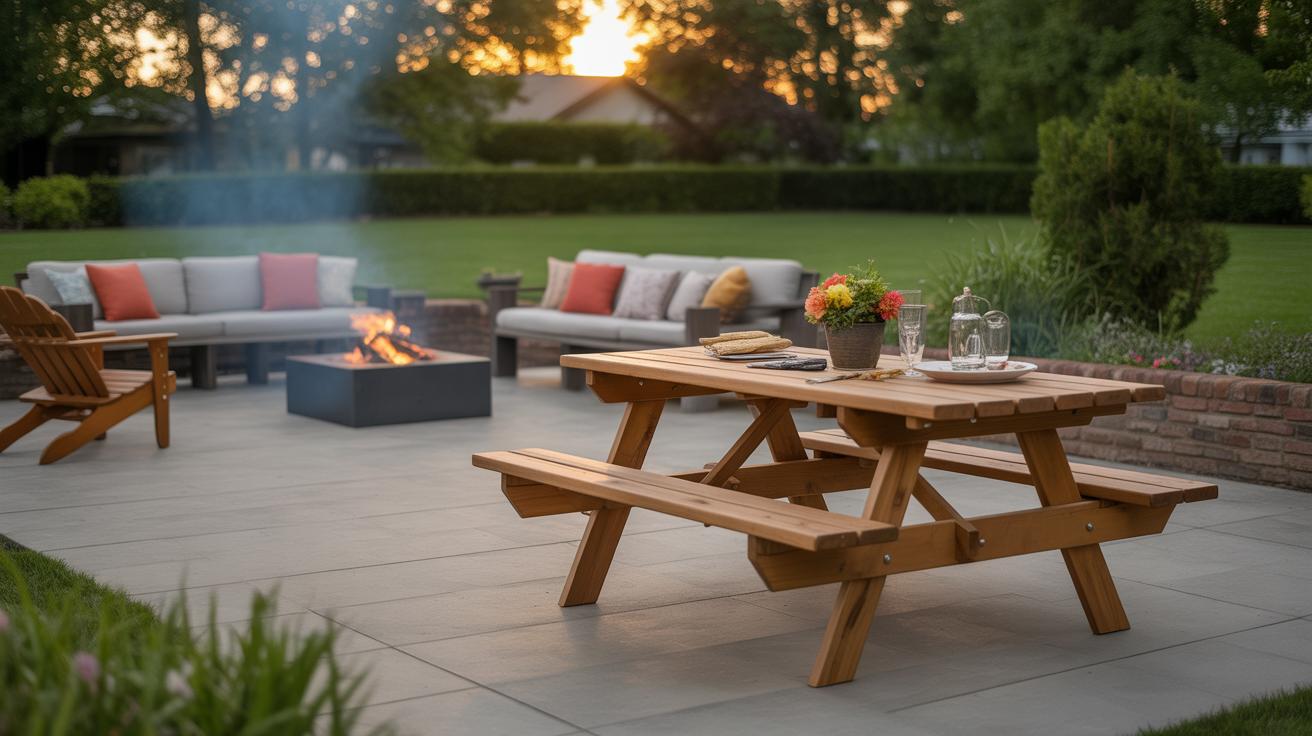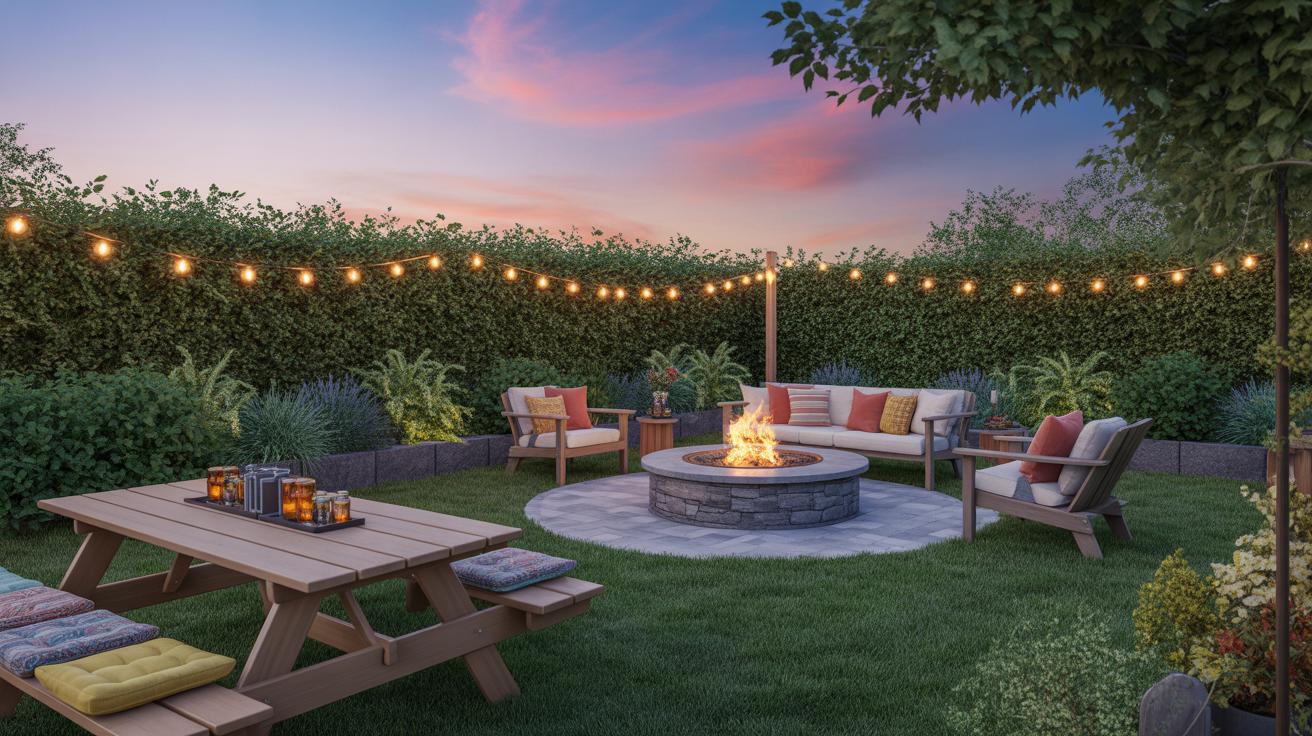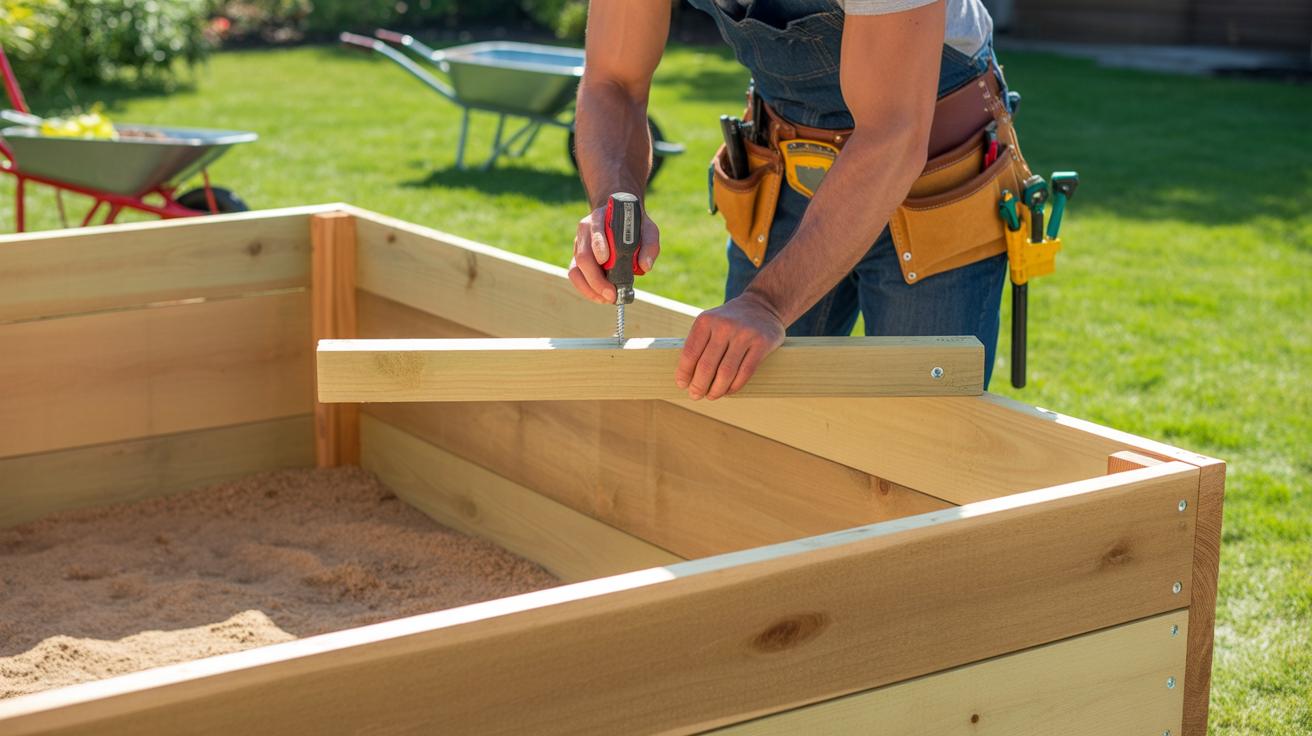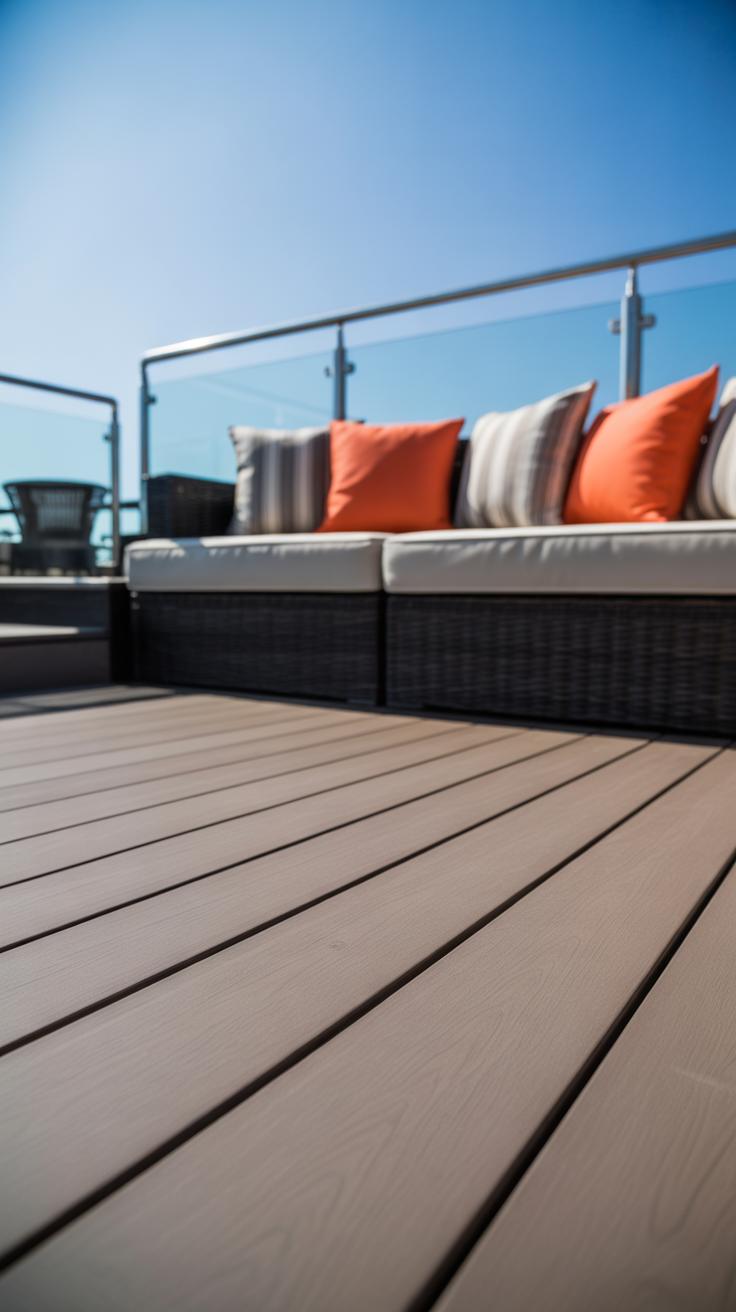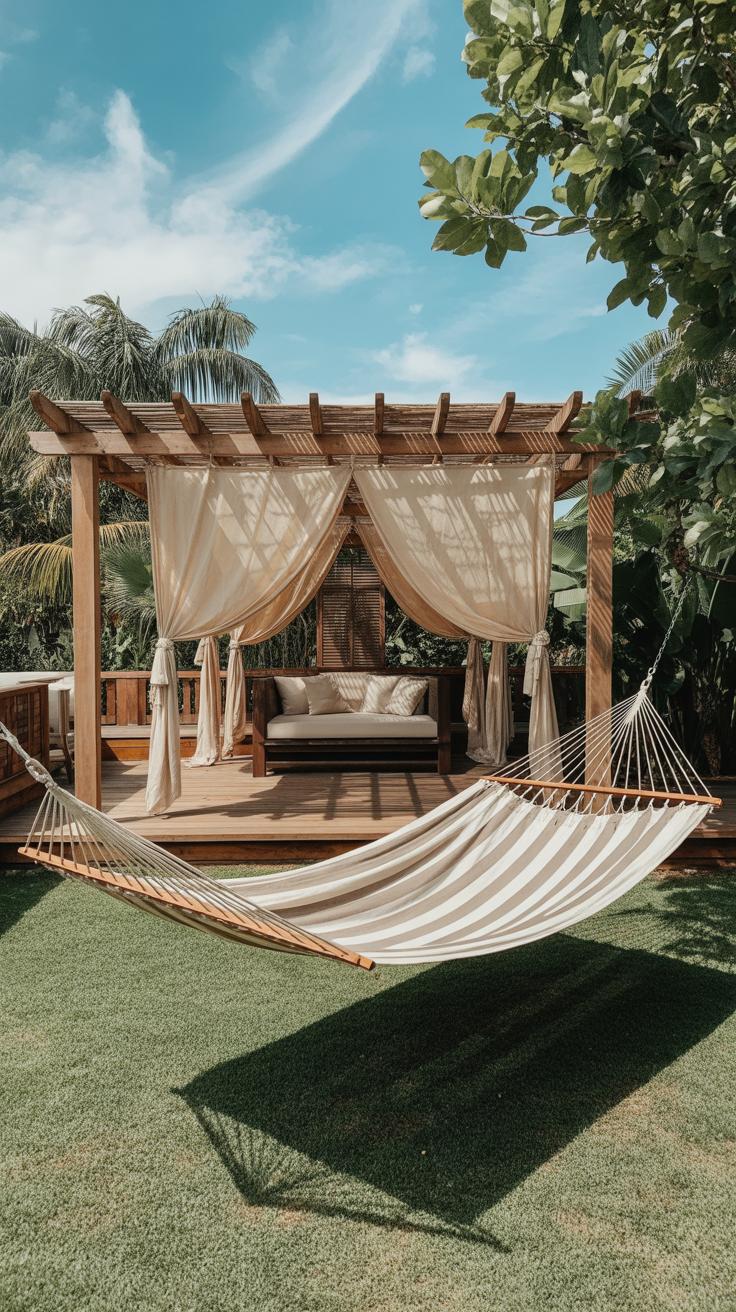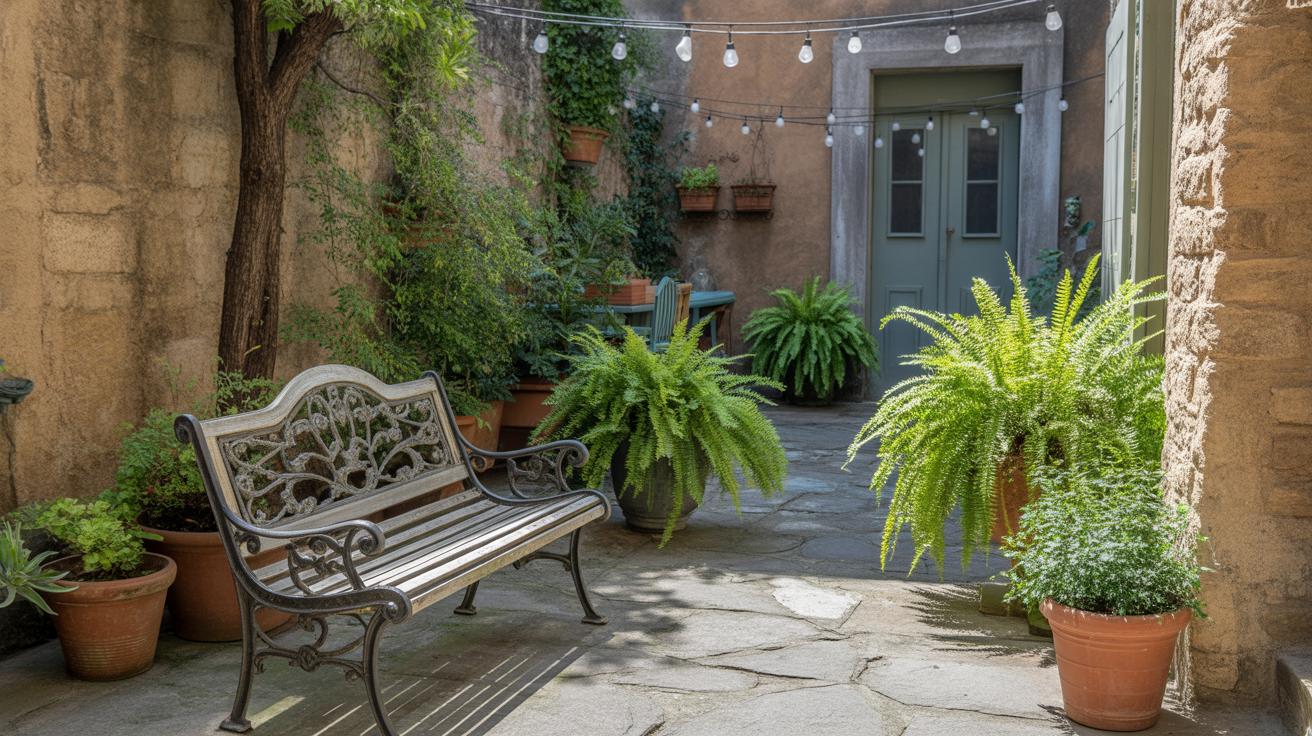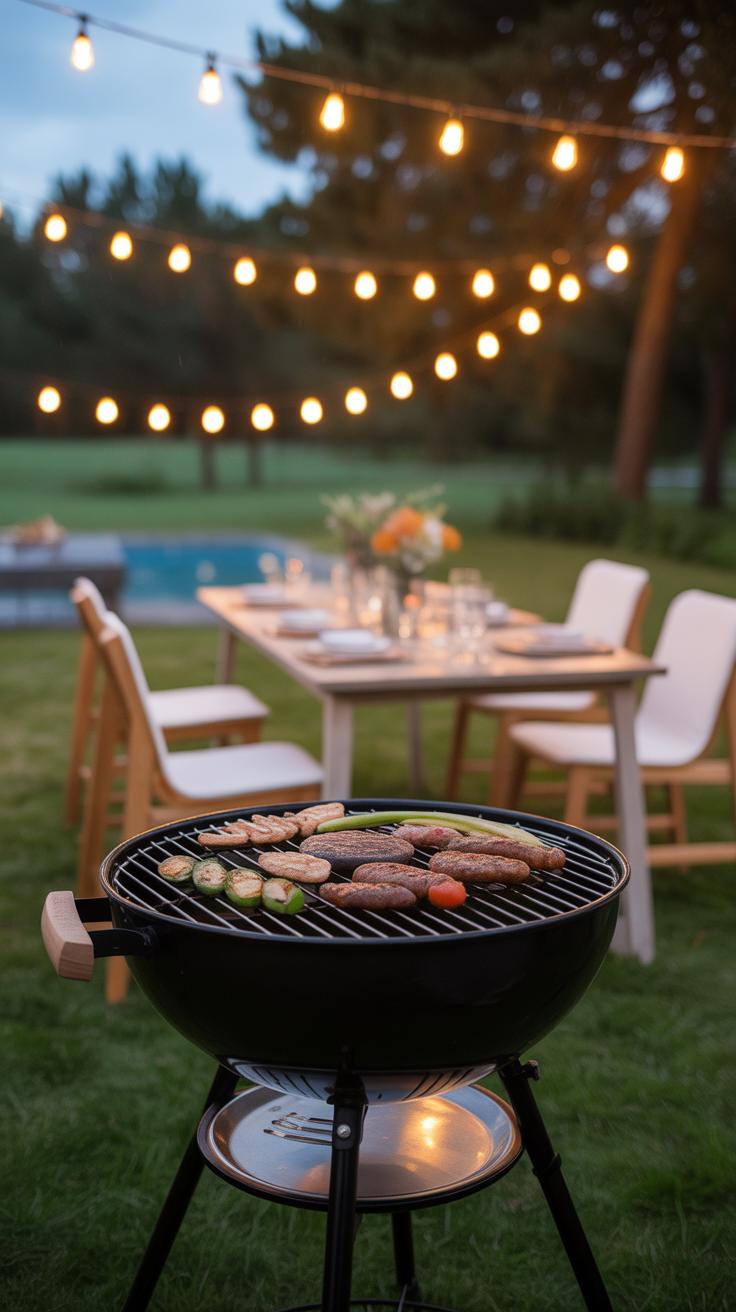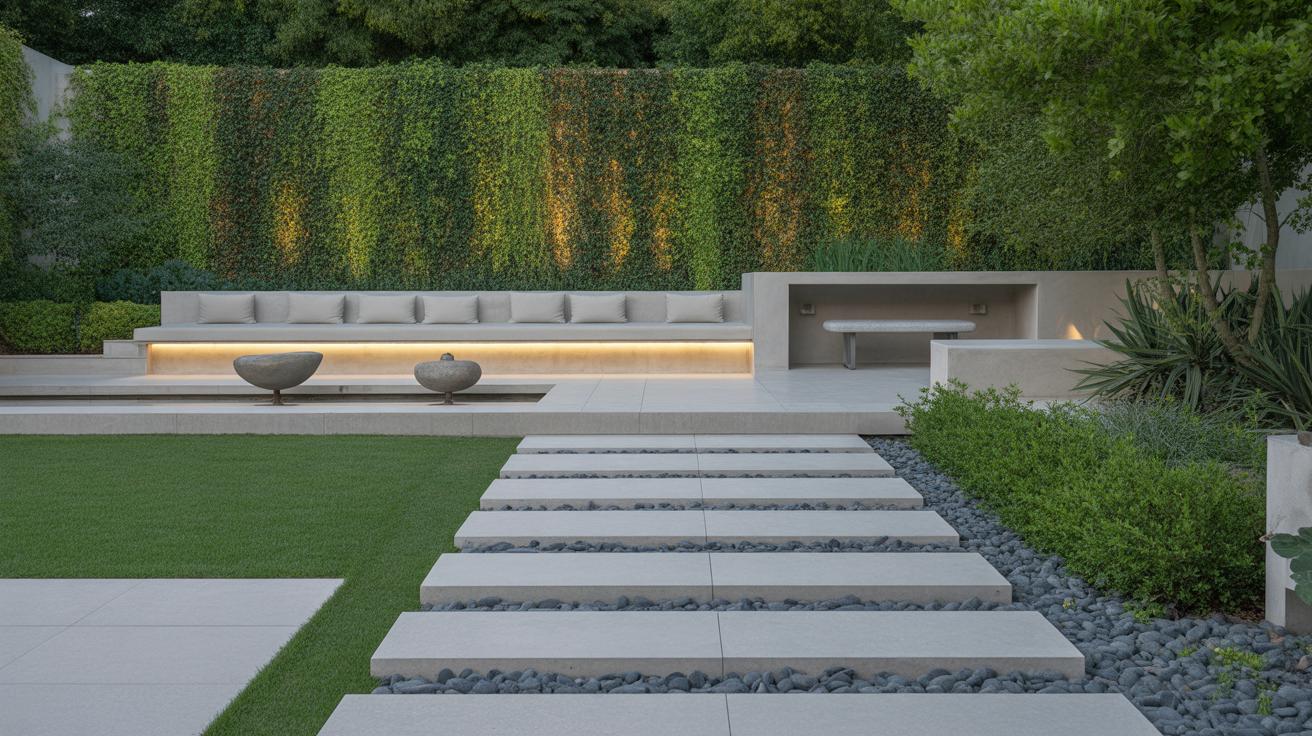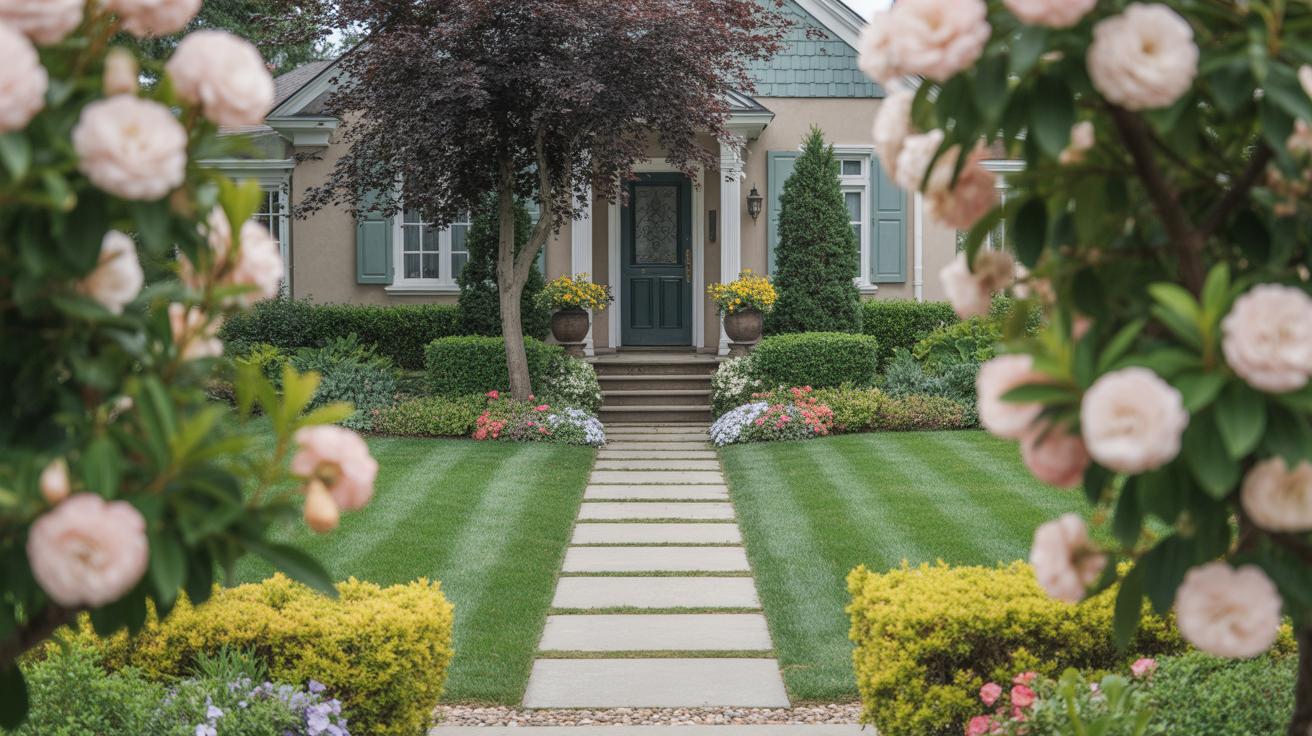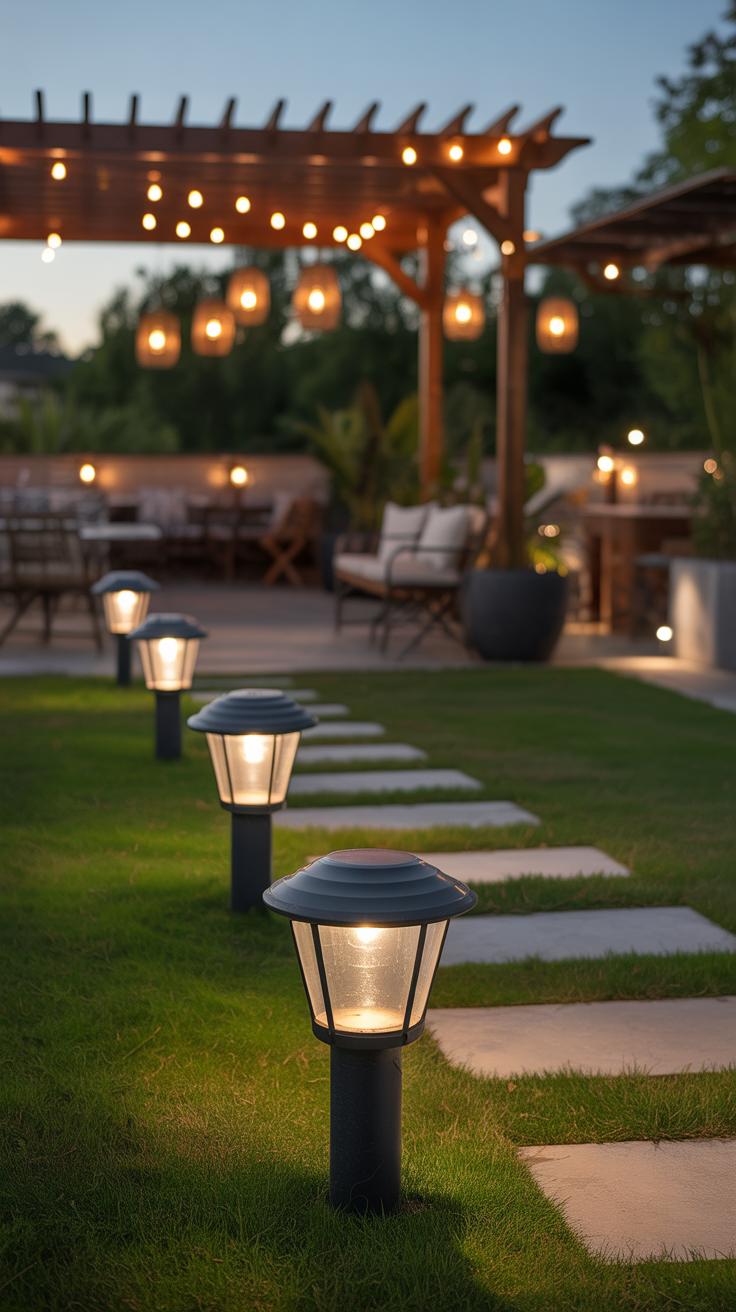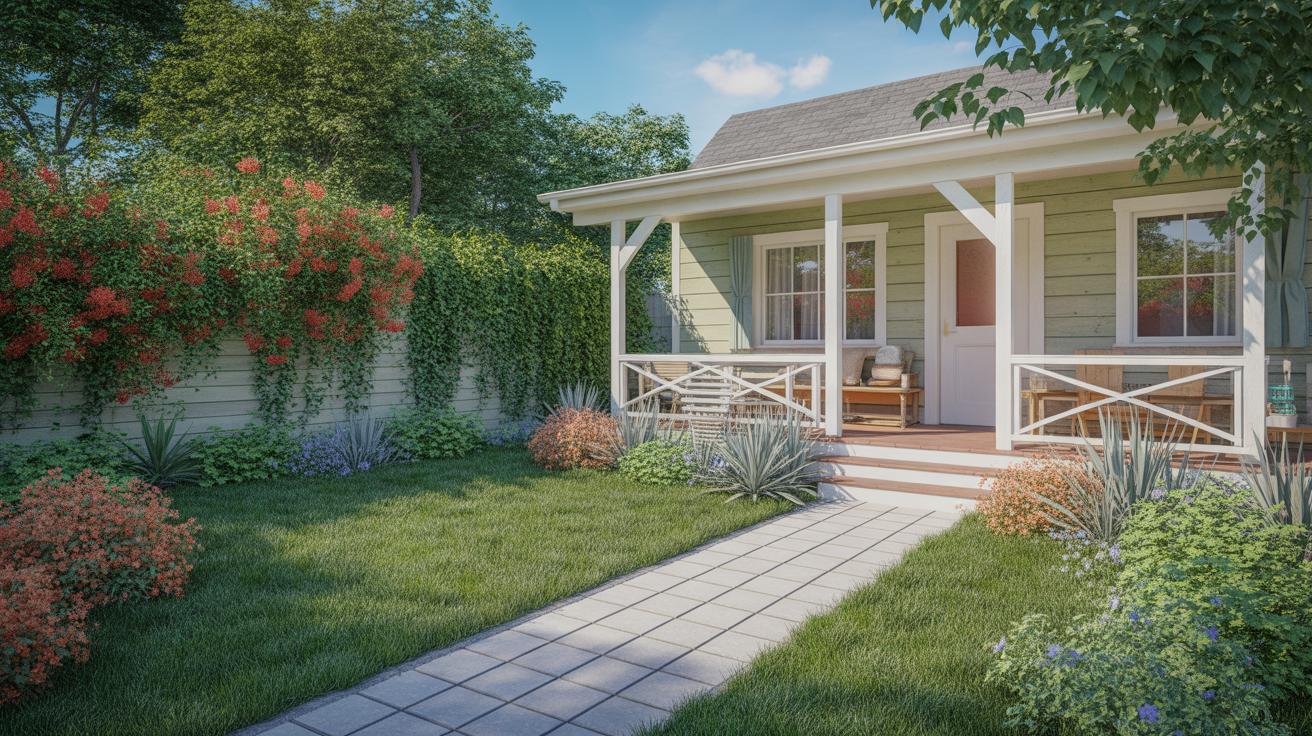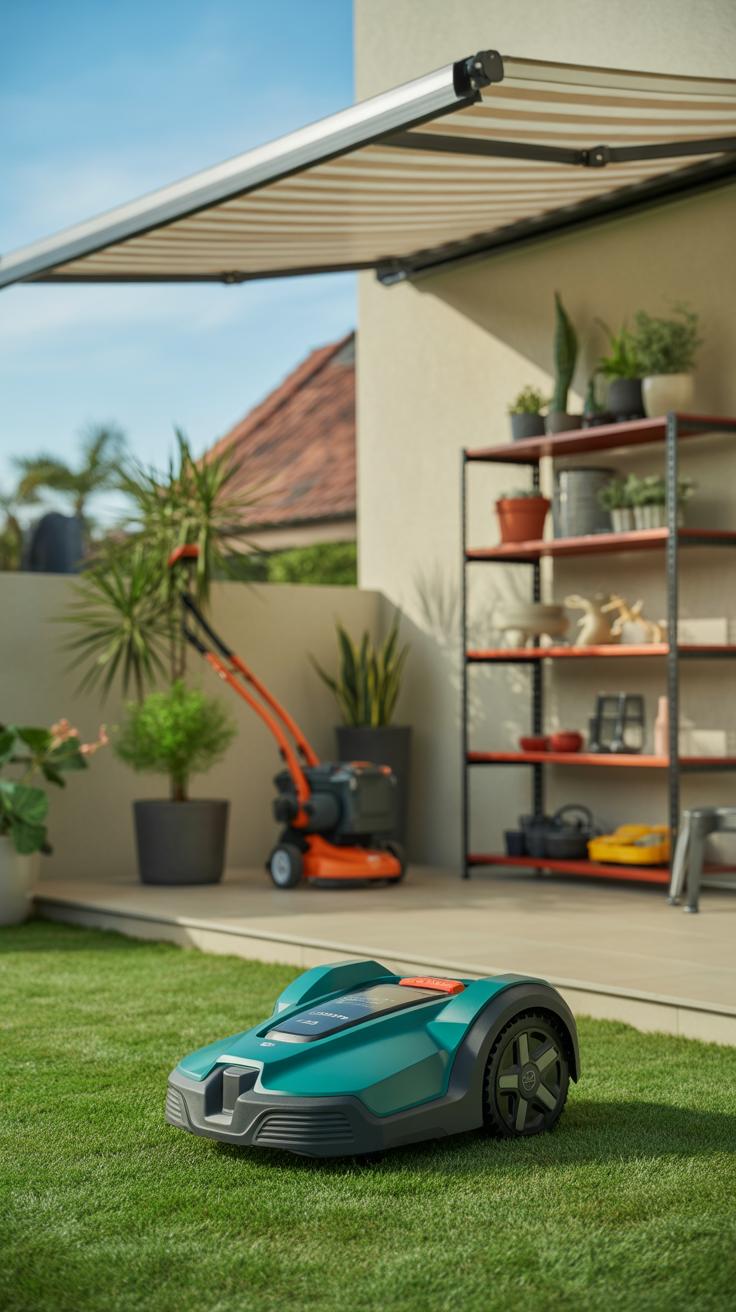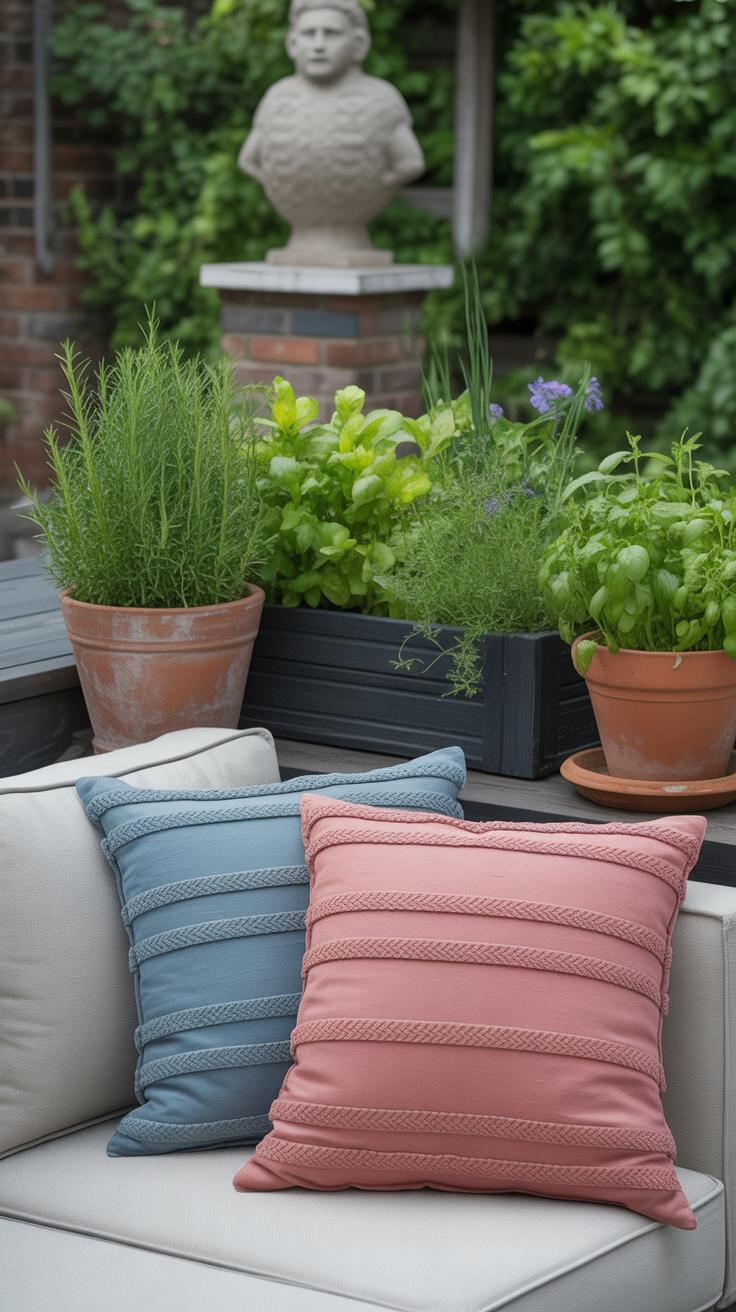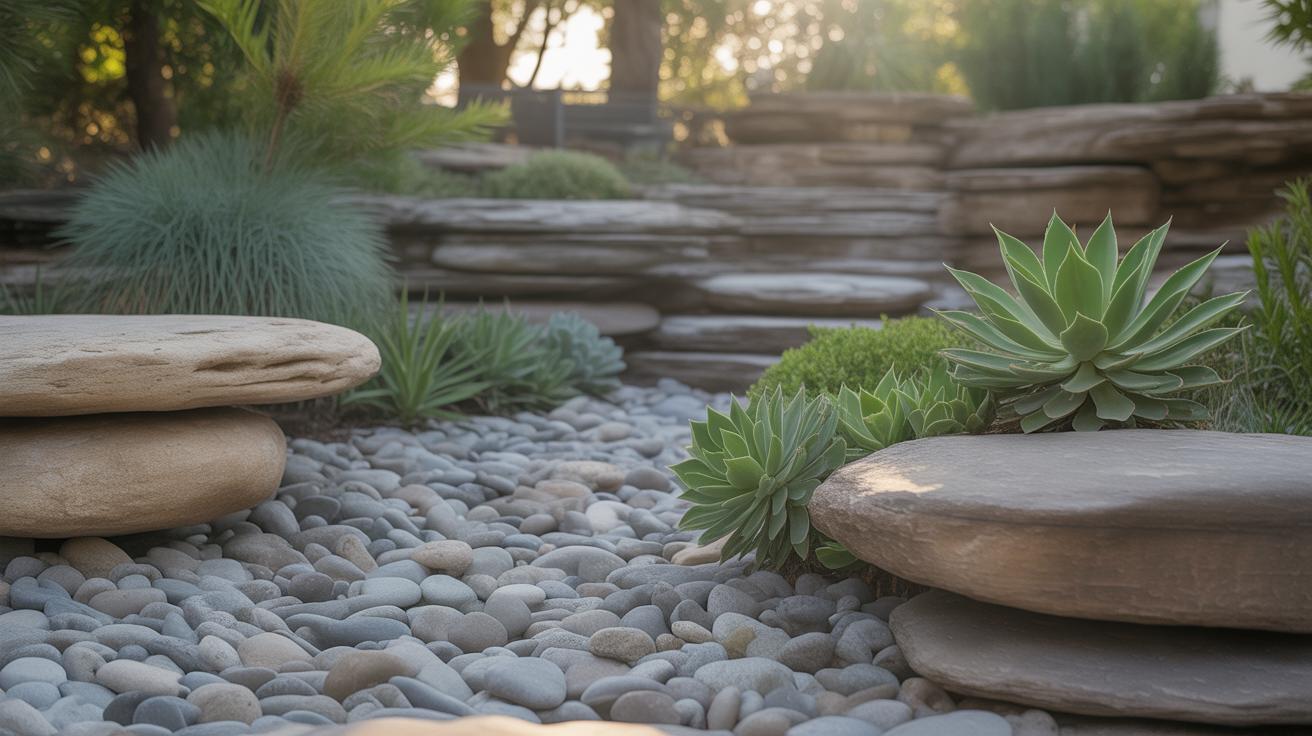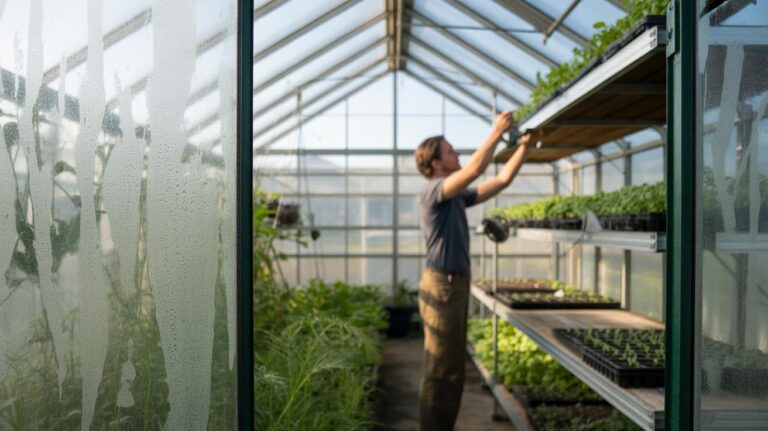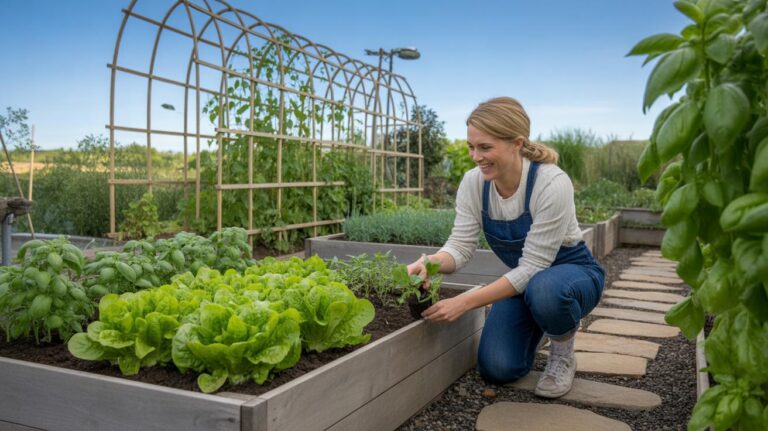Introduction
Open plan backyard design is a smart way to create a space where your family can gather, play, and enjoy time together. It means having fewer walls or barriers in your backyard, which opens up the space and allows people to move freely. This kind of design makes your backyard feel larger and more inviting.
For family gatherings, an open plan backyard offers many opportunities. It makes it easy to set up areas for dining, games, and relaxing. You can keep an eye on children while chatting with friends. In this article, you’ll learn how to plan and style your backyard so it becomes a perfect spot for fun and family time.
Planning Your Open Backyard Space
Start by getting a clear sense of your backyard’s size. Measure the entire area carefully—don’t just guess. Knowing the exact dimensions helps you avoid awkward layouts later on. Draw a rough sketch if you can; it doesn’t have to be perfect, but something visual often makes decisions easier.
Next, think about how your family actually uses the backyard. Is it mostly for kids to run around? Do you prefer relaxed seating for chatting? Or maybe you want a spot for grilling and eating outdoors? Defining these priorities early can save you time and frustration.
After that, decide on zones—distinct areas for different activities. You might want a play zone, a dining spot, and maybe a quiet corner for reading. Open plans don’t mean everything blends into one huge unstructured space. Instead, zoning helps give some order while keeping the overall feel open.
Keep movement in mind. Can people walk around effortlessly? If you envision large family gatherings, think about traffic flow so no one feels stuck or crowded. Paths or subtle separations like changes in ground texture can guide people naturally without adding walls or fences.
Finally, imagine how the space will adapt. Families change, and so do needs. Flexible furniture, movable planters, or even adjustable lighting can let you tweak the setup as you go—without having to redo everything.
Measuring and Mapping Your Yard
Start by measuring your backyard carefully. Walk around with a tape measure or a laser distance tool, jotting down the length and width. Don’t rush this step; knowing your exact dimensions helps avoid surprises later. Next, sketch a simple map on paper or use an app if you prefer—something basic works fine. Mark key features like doors leading outside, any existing trees, slopes, or garden beds. These spots can affect how you plan your zones and flow.
For example, a tree might offer natural shade that’s perfect for a seating area, or a slope might suggest where a play zone shouldn’t go. I remember spotting a slight dip in our yard that turned out to be a drainage spot—we avoided placing any furniture there. Mapping reveals these little quirks, and that’s useful.
Creating Zones for Activities
Once you know your space, think about how your family uses it. Do you eat outside often? Does the kids’ play area need to be visible from the kitchen? Divide the backyard into zones according to these needs, but keep the divisions soft. For an open plan, you don’t want rigid barriers or tight enclosures. Instead, subtle differences work well: a change in flooring, a row of low plants, or an outdoor rug can separate eating from relaxing areas without closing things off.
Consider these zones:
- Eating space with a table and chairs, maybe near the house for ease of access.
- Play area with enough room to run or set up swings.
- Relaxing corner with loungers or a hammock, somewhere peaceful but still connected.
Don’t feel you must fill every square foot—leaving space open encourages movement and mingling. It’s a balance. You want boundaries but also freedom to move around and interact, which is really the heart of an open backyard designed for family gatherings.
Choosing FamilyFriendly Materials
Picking the right materials for your open plan backyard means balancing durability, safety, and comfort. You want surfaces and furnishings that handle rough play, avoid slips, and aren’t a pain to clean. Think about how weather—rain, sun, maybe even frost—will test everything you put outside. Some materials fare better than others over time, and that really matters when your space gets used by all ages, from toddlers to grandparents.
Durable Flooring Options
Stone is a classic choice—natural and tough. It resists fading and heavy use, but can be a bit rough if kids fall. Concrete is another solid pick; it’s strong, weatherproof, and you can get creative with colors or patterns. Treated wood, like cedar or redwood, adds warmth but might need occasional sealing to avoid warping or splinters. Each option has its quirks—stone stays cool but can be slippery when wet; concrete can crack over time; wood needs your attention. What kind of feel do you want underfoot?
Safe and Comfortable Furniture
Furniture in the backyard should be sturdy enough not to tip easily, especially around little ones. Look for pieces made from powder-coated metal or synthetic wicker that won’t rust or splinter. Cushions are nice but pick fabrics that dry fast and resist stains—maybe something with removable covers. Rounded edges help prevent bumps, and weight matters too; you want it heavy enough to stay put but light enough for rearranging. Ever noticed how kids naturally climb on chairs? That’s a test of your furniture’s safety, whether you like it or not.
Designing for Shade and Comfort
Creating shade in an open plan backyard often feels like walking a fine line. You want plenty of light to keep things lively but not so much that guests bake under the sun. A few well-placed trees can do more than just offer relief from harsh rays—they also bring a sense of calm and beauty. Think about planting species that grow tall but don’t crowd the space too much. Maybe a maple or a fast-growing birch could provide dappled shade without overwhelming your seating areas.
Beyond trees, structures like pergolas can really help define shady spots. They add height and interest while allowing some light through—so it never feels like a cave. Pergolas with climbing vines, like wisteria or grapevines, bring in that extra layer of natural shelter. Umbrellas are another easy option, flexible and movable based on where the sun hangs during your gatherings. A good canopy can cover a larger area and create a cozy nook for chatting or eating.
When planning these elements, consider how your family uses the space throughout the day. Shade in midday might be crucial for little ones, but early evening sun can be pleasant. So, shading doesn’t have to be a one-size-fits-all approach; mixing natural and man-made can create spots that shift with the day. It’s a balance that takes some trial and error—maybe your perfect shade setup evolves as your family does.
Outdoor Dining and Cooking Areas
Setting Up Dining Zones
When arranging your dining area, think about how people will move around it. Placing the table too close to pathways can feel cramped, but too far away might isolate the space. I’ve seen setups where the table is near a door or patio exit—makes serving food easier, right? Ideally, leave enough space so chairs can be pulled out without bumping into walkways or other furniture.
Long tables work well for big family meals, but don’t forget smaller, round tables for more intimate gatherings. They encourage conversation but might limit capacity. Mix and match if you have the room—sometimes I like having a couple of smaller tables so people can choose where they want to sit.
Pick chairs that are sturdy but light enough to move if needed. You don’t want to struggle when shifting things for more guests. Also, consider benches on one side of the table for versatility. A big plus: it opens up the seating area and leaves space around the table less crowded.
Incorporating Outdoor Kitchens
Having your cooking area close to the dining zone really changes how a family gathering feels. It keeps the cook part of the conversation instead of isolating them indoors or across the yard. An outdoor grill or kitchen station brings the warmth and smells of cooking closer to everyone.
Placement is key. Position the grill so smoke doesn’t blow onto guests or food on the table. Try to keep some counter space nearby for prep and serving, but not so much that it clutters the area. I’ve noticed setups with an island-style kitchen work well, doubling as a buffet spot or a casual hangout.
Certainly, if cooking is central to your gatherings, investing in durable materials for grills, counters, and storage pays off. You might not need a full kitchen, but even a simple built-in grill with a nearby prep table makes a difference. It encourages more family members to join in, whether flipping burgers or just chatting with the chef.
Creating Play Areas for Kids
Designing open play spaces where kids can move freely yet stay safe is a real challenge when adults want to relax nearby. You want them close enough to keep an eye on, but with enough room for their energy to roam. It’s about balance, I think.
Choosing the right ground surface helps avoid scrapes and bumps that can put a damper on fun. Grass is probably the easiest and most natural option. It cushions falls well, isn’t expensive, and just feels right for running around. If you want something a bit more resilient, rubber tiles or mats work too. They’re softer underfoot and last longer but can look a bit out of place if you’re going for a natural vibe.
Simple play equipment often works best—not too much fuss, and lasting charm. Consider swings fixed to a sturdy frame, or a sandbox for digging and building. Both require little upkeep but keep kids busy for hours. Open lawns are underrated; they let kids invent their own games and stretch their imaginations. Honestly, sometimes less equipment means more creativity.
When planning, think about sightlines for adults too. Can you see the kids from the kitchen or seating area? This makes conversations easier, with less stress on supervision. It’s tricky to get it exactly right, I know. But a little thought here pays off when everyone’s relaxed and happy.
Lighting and Evening Use
Making your open plan backyard comfortable after dark means thinking carefully about lighting. It’s not just about being able to see. Lighting sets the mood, directs movement, and keeps everyone safe. I remember one evening when low lighting turned a lively barbecue into a slightly awkward shuffle in the dark—something you’ll want to avoid.
Types of Outdoor Lighting
There are a few types that work well for family gatherings:
- String lights: These create a warm, inviting glow that encourages people to linger. They’re great draped over patios or between trees, wrapping the whole area in soft light.
- Lanterns: Portable and decorative, lanterns add charm and can be placed on tables or hung from hooks. Some use candles, others run on batteries—pick what fits your style and safety needs.
- Solar lights: They recharge during the day and glow softly at night. You can scatter them along pathways or flower beds. They’re easy to install and good if you want to avoid wiring.
Each has a different effect, so mixing them might actually be the best approach.
Lighting Safety and Placement
Where you put lights matters as much as what kind you choose. Safety comes first, especially when kids or older adults move around. Here are some ideas:
- Line pathways with low-level lights or solar stakes so no one trips over hidden steps or garden edges.
- Over dining areas, string lights or hanging lanterns create enough light for eating without glaring down in faces.
- In activity zones, brighter, adjustable lights help see games or tasks clearly without overpowering the space.
Also, avoid harsh overhead lighting that can create deep shadows. Instead, opt for layers of soft, warm light that blend with the natural evening. You might find the lighting arrangement changing over time, depending on how you use your backyard. What’s enough now might feel too dim or too bright later—so experiment a little. Your backyard’s charm comes through in those subtle details.
Maintaining an Open Plan Backyard
Keeping an open plan backyard looking tidy and inviting takes a bit of attention, but it doesn’t need to be a chore. Regular cleaning helps preserve the fresh, uncluttered feel that makes such spaces so welcoming for family gatherings.
Regular Cleaning Tips
Start with routine tasks like wiping down outdoor furniture — spilled drinks or crumbs easily attract dirt and insects. For floors and decks, a quick sweep every few days removes dust and leaves. If you have a play area, clear toys and check for anything broken or out of place before each gathering. You might find a few minutes after dinner perfect for these simple jobs, making the space ready for the next day.
Seasonal Care for Plants and Materials
Plants and materials need special attention as the year moves on. In colder months, think about bringing sensitive potted plants indoors or covering garden beds with mulch for protection. When summer hits, remember to water deeper but less frequently to encourage strong roots. Materials like wood or metal furniture respond differently to weather changes; a quick inspection before winter and perhaps a coat of sealant can go a long way. It’s a little effort that helps avoid costly repairs down the road.
Personalizing Your Backyard Design
Making your backyard truly feel like part of your family means adding pieces that speak to who you are. You don’t have to fill the space with everything you like—sometimes, less is better, especially when keeping an open plan. But a few well-chosen touches can bring personality without clutter.
Try adding color through cushions on your seating areas. Pick shades that feel warm or calm, whatever matches your usual vibe. Planters can break up open spaces nicely—think about grouping some with different plants or even herbs you love. Artwork is another option; weather-resistant pieces hung on fences or walls can make things feel homier.
Maybe the most meaningful way to personalize, though, is to bring in family memories. You could display photos in a weatherproof frame, or hang a craft your child made somewhere visible. Favorite plants that remind you of trips or milestones bring a subtle, ongoing story to the backyard. These personal touches invite everyone in and make the space feel less like a generic yard and more like yours.
Conclusions
Designing your backyard with an open plan approach helps create a space everyone wants to spend time in. It brings family members closer by making it easy to share activities. When you remove barriers and think about how your family uses the space, your backyard becomes more useful and comfortable.
Simple changes like choosing the right seating, adding shade, and keeping the area flexible can make a big difference. Your backyard can be the heart of your home where memories are made. Take what you learned here and start planning your ideal open plan backyard for gatherings today.

